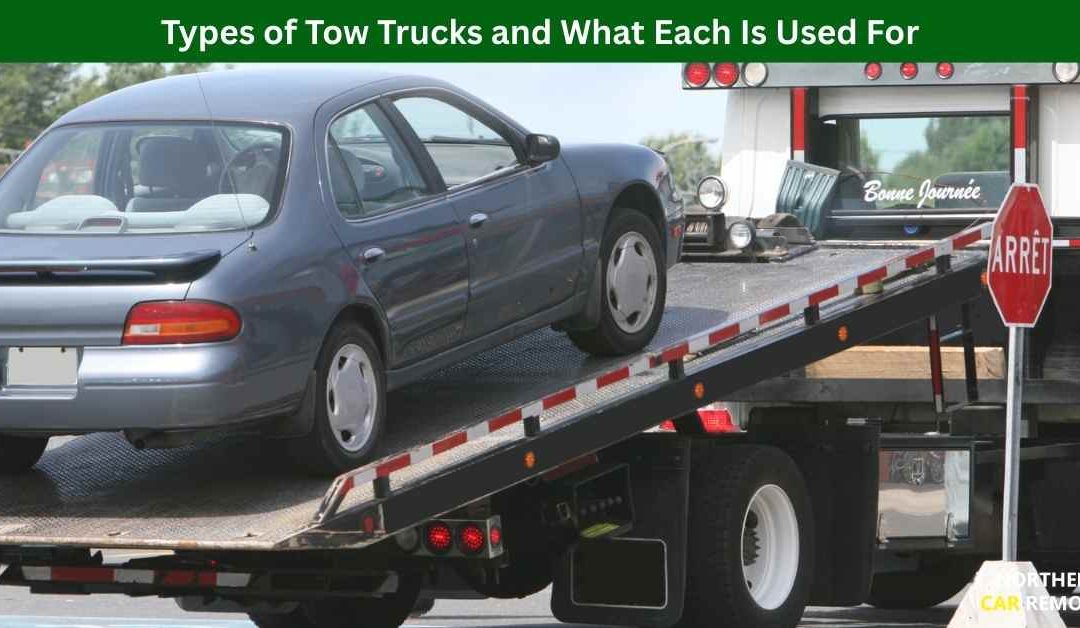When your car breaks down or gets into an accident, the last thing you want is confusion about which tow truck you need. Tow trucks come in different types, and each has a specific job. Knowing a bit about them can make the whole process smoother—and less stressful. Here’s a quick guide for drivers in Australia.
1. Flatbed Tow Trucks
Flatbed trucks are some of the most common tow trucks you’ll see on Australian roads. They have a flat platform that can tilt and slide back to the ground, allowing the vehicle to be pulled onto it completely.
Best for:
- Vehicles that are immobile or heavily damaged
- Cars with low ground clearance
- Classic or luxury cars that need gentle transport
Flatbeds are ideal because the car sits entirely on the platform, preventing any extra wear or damage to the wheels and transmission.
2. Hook and Chain Tow Trucks
These are the traditional tow trucks you might imagine from older movies. They use a chain to lift one end of the vehicle—usually the front—while the other wheels remain on the road.
Best for:
- Short-distance towing of older or robust vehicles
- Emergency situations where speed is key
However, this method can cause wear or damage to modern vehicles, especially those with low-clearance designs or front-wheel drive. Because of this, hook and chain towing is less common today in Australia.
3. Wheel-Lift Tow Trucks
Wheel-lift trucks are a more modern version of the hook and chain. Instead of lifting the car with a chain around the frame, a metal yoke is placed under the drive wheels, lifting them off the ground.
Best for:
- Standard passenger cars and small SUVs
- Quick, local towing
- Situations where a flatbed isn’t necessary
Wheel-lift trucks are faster than flatbeds and gentler than hook-and-chain, making them a popular choice for city towing.
4. Integrated Tow Trucks
Also known as “self-loader” or “repo” trucks, integrated tow trucks combine a wheel-lift system with a boom, allowing them to lift vehicles from tricky spots, like tight parking lots or steep driveways.
Best for:
- Repossessions
- Emergency roadside recovery
- Vehicles stuck in hard-to-reach places
These trucks are common in commercial towing and situations where efficiency and speed are important.
5. Heavy-Duty Tow Trucks
As the name suggests, these are built for the big stuff—buses, trucks, or machinery. Heavy-duty tow trucks have extra strength, multiple axles, and high-powered winches to handle large vehicles safely.
Best for:
- Commercial trucks and buses
- Industrial equipment
- Vehicles involved in major accidents
They’re a vital part of Australia’s towing industry, especially for highway incidents.
Real-Life Example from Melbourne
Recently, we had a client whose ute got stuck in a muddy construction site. A standard wheel-lift truck couldn’t safely remove it. A heavy-duty integrated tow truck arrived and got the ute out without causing any damage. The job was done efficiently, and the owner was back on track within hours.
Why Knowing the Type Matters
Understanding tow trucks helps you:
- Communicate clearly with the towing company
- Ensure your car is handled safely
- Avoid extra damage, especially if your car is modified or low clearance
Whether it’s a flatbed for a classic car or a heavy-duty truck for a commercial vehicle, choosing the right type ensures a smoother and safer towing experience.
If you are in Greenvale, and looking to sell your car, this is the best way to find us.
1/26 Acacia St, Glenroy VIC 3046
0437 773 905


Recent Comments